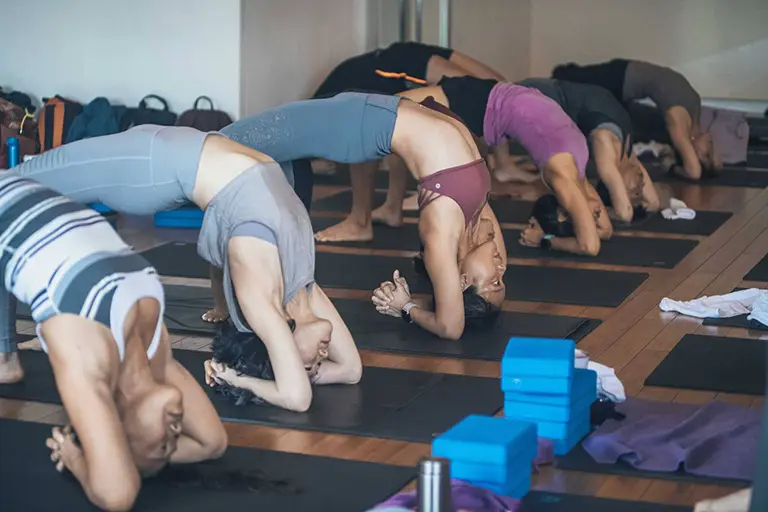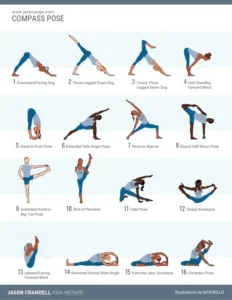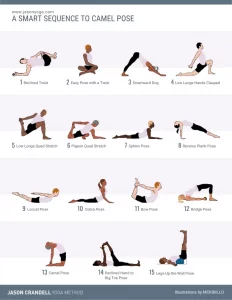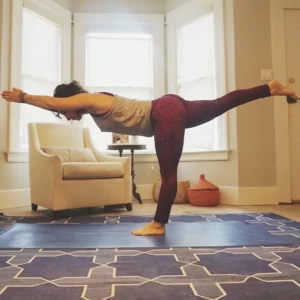We’ve all had the same gut-wrenching, heart-breaking thought at some point while teaching a class, ‘This is not only the worst class that I’ve taught, this is the absolute worst class that has ever, ever been taught in the history of yoga.’ In fact, the qualification “at some point,” is me being generous. We’ve all (yes, ALL) had this feeling more than a few times.
Since you’re a consummate professional, highly-trained in objectivity and managing your emotions, you probably finished class without burying your head in the bolsters or breaking into self-absorbed tears. But, honestly, what do you do with this voice, this feeling of not being fully engaged or clear when you’re teaching? (What do you do when you’re convinced that you just taught a really bad yoga class?)
Well, let’s start by looking at the facts:
It probably wasn’t as bad as you think
Seriously, it probably wasn’t as bad as you think it was. Teaching yoga is a raw, vulnerable experience and sometimes you beat yourself up about it. People often talk about the importance of being authentic. What gets left out of this discussion is that being authentic means showing who you really are and expressing what you truly care about. Wearing your heart on your sleeve isn’t always easy or pleasant — especially if you feel that you aren’t communicating or engaging well. When this happens, your inner narrator may be telling you that it is much, much worse than it really is.
Even if the class was as bad as you thought, well…
You just taught a truly bad yoga class–the worst class in the history of yoga? OK. It’s time to let it go and move on. This is what you’d tell someone else, right? If class was truly lousy, chalk it up to being human. You’re not a robot and even the most accomplished professionals have off days. If you don’t watch sports, it’s time to start in order to get some perspective. Not every top-notch pitcher throws an excellent game every time. In fact, none of them do. And, thankfully, yoga students are infinitely more kind in the midst of an off night than sports fanatics (especially if you live in Philadelphia).
See also 5 Ways a 500-Hour Yoga Teacher Training Will Advance Your Career
Remember that the students are having a different experience than the teacher
Are you ready for some ego-busting news? Students are not hanging on your every word or vibe. Students are paying attention to you but they’re also having their own experience. They are doing yoga, not just listening to you pontificate. Trust that even if you didn’t deliver your most soul-stirring class, your students had the opportunity to breathe, move their bodies and have their own experience. Even more, they probably feel better after class than they did before class.
A few more things to remember when you bomb
-You’re human and you’re teaching a live class. This means you’re going to trip over your words, feel energetically flat, forget the second side of a sequence, and mismanage your time on occasion.
-You have the opportunity to learn and grow from your mistakes. Be as objective as possible about what didn’t work in your class and learn from it. As teachers we’re committed to growing and learning — which means that we’re not already perfect.
-Breathe in the challenges of teaching your class and your flustered emotions; then breathe them out and let them go.
-Be comforted by the fact that all teachers go through this, including the most popular and most well-respected teachers. In fact, my advice is to get used to moments like this because they never stop — you just get better at contextualizing them and letting them go.
See also 5 Tips for New Yoga Teachers



